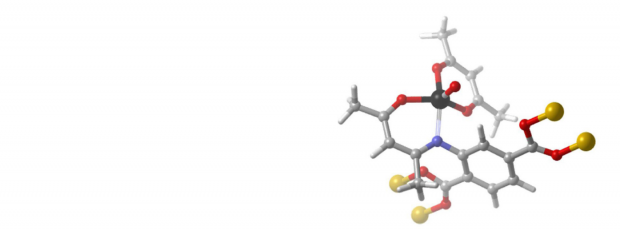Development of porous organic polymers as metal free photocatalysts for the aromatization of N-heterocycles
Abstract
Porous organic polymers (POPs), and especially covalent triazine frameworks (CTFs), are being developed as the next generation of metal-free heterogeneous photocatalysts. However, many of the current synthetic routes to obtain these photoactive POPs require expensive monomers and rely on precious metal catalysts, thus hindering their widespread implementation. In this work, a range of POPs was synthesized from simple unfunctionalized aromatic building blocks, through Lewis acidcatalyzed polymerization. The obtained materials were applied, for the first time, as heterogeneous photocatalysts for the aromatization of N-heterocycles. With the use of the most active material, denoted as CTF-Pyr, which consists of photoactive pyrene and triazine moieties, a wide range of pyridines, dihydroquinoline-5-ones, tetrahydroacridine-1,8-diones and pyrazoles were obtained in excellent yields (70-99%). Moreover, these reactions were carried out under very mild conditions using air and at room temperature, highlighting the potential of these materials as catalysts for green transformations.

 Open Access version available at
Open Access version available at 
